Universal prescriptions or mandates for in-school learning this fall are misguided and unrealistic.
Sadly, there is no risk-free decision about school reopening: Decisionmakers must balance the risks of children contracting and/or spreading COVID-19 with counteracting risks of children falling academically behind and being deprived of social relationships from in-school learning. Decisions as to whether students should return to school in person must be tailored to fit each specific community, school district, and even grade within school. The National Academies of Science, Engineering, and Medicine this week released a report focused on younger children. Their advice? Open schools for children in kindergarten through fifth grade with well-funded safety measures in place.
On the one hand, there is much scientific data to suggest that even our youngest children have already lost academic and social readiness during the COVID-19 slump. This is even more true for children from underserved communities. Science tells us that social relationships with friends and teachers are essential for social and academic learning during early childhood. Children learn, love, and thrive best when interacting with other adults and children. For example, research shows that strong language skills are born in the context of conversations with other people. Interactions between young children, their peers, and adults—real interactions—literally mold areas of the brain that support social bonding, language, and the seeds of literacy. Put simply, social relationships play a critical role in learning and child development.
On the other hand, with respect to public health, there is much that we do not know. Data are still evolving and are sometimes contradictory on 1) the level of health risk children with COVID-19 personally face; 2) whether children are more likely to be asymptomatic shedders; and 3) whether children are likely to spread COVID-19 to teachers and parents. According to a recent report based on international data, countries like Denmark and Germany have had fairly safe results. This is to be contrasted with data out of Israel suggesting that school reopening created a spike in cases. It remains unclear what factors (i.e., timing of reopening with respect to national COVID-19 trajectories and other cultural factors) drive these differences.
A new study out of Korea examined 65,000 people and concluded that even younger children do catch and spread the virus. Those under 10 are roughly half as contagious. A true unknown is whether the virus has lasting effects on children as they grow up.
Importantly, we have yet to know whether young children can follow the safety mandates. Try to envision a group of 4-year olds really keeping a mask on throughout the day. It is as baffling as imagining a team of 3-year-olds who can truly keep six feet apart? Ask any parent or early childhood educator: Preschoolers are not well known for following rules.
So, what is a parent to do? What is a teacher to do? What policies should guide decisions about whether, and if so, how to open school? This is the balancing act.
In two pieces, the American Academy of Pediatrics recommended that for young children, returning to school with the right provisions in place would be optimal. In an amendment to their post, they write: “Returning to school is important for the healthy development and well-being of children, but we must pursue reopening in a way that is safe for all students, teachers, and staff.”
There is no one-size-fits-all blueprint for reopening, and significant resources will be required.
Local conditions are paramount. These include the prevalence of the virus in the community, the health risks for staff (both teachers and custodial staff), whether adequate financial resources are provided for schools to disinfect classrooms, students and employees are screened for symptoms, and academic spaces are reconfigured, such as by setting up tented learning areas for outdoor classes. The risk-benefit calculus is also influenced by individual characteristics associated with student needs. Importantly, children from underserved communities—who are disproportionately racial minorities and immigrants—as well as children with food insecurity and special needs, often receive services that are only provided through schools.
The bottom line is that the answer is just not as black and white as many in the media lead us to believe. Decisions about whether and how to reopen schools require a delicate balance of dynamic factors. Surely with such complicated decisions, a scientific response rather than a political one is in order. The scientific data about how children are affected by and spread COVID-19 are accumulating before our eyes. While the health risks are real, they must be balanced with the scientific consensus that children must be around other people. The optimal way for schools to strike this balance is not yet known. But if we empower decisionmakers with the scientific evidence, and update them as it accumulates, we can at least make informed decisions about how to keep our children safe while also feeding them the psychological nutrients to develop in a healthy way.
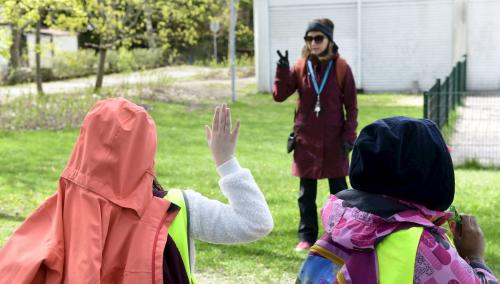
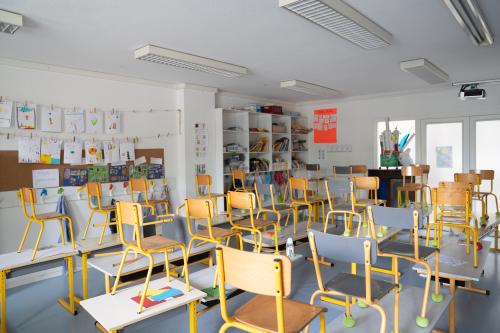
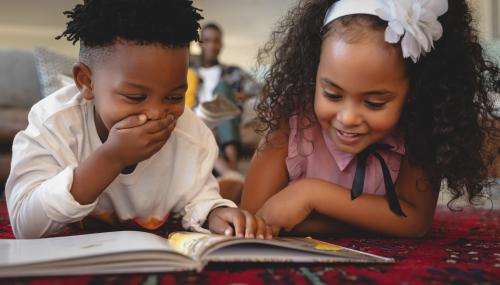
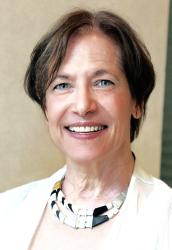
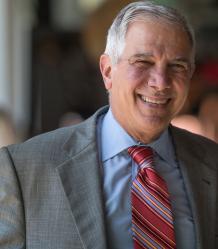
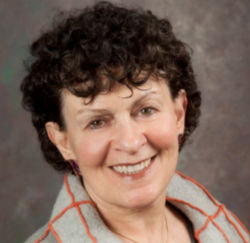


Commentary
Should schools reopen? Balancing COVID-19 and learning loss for young children
July 21, 2020